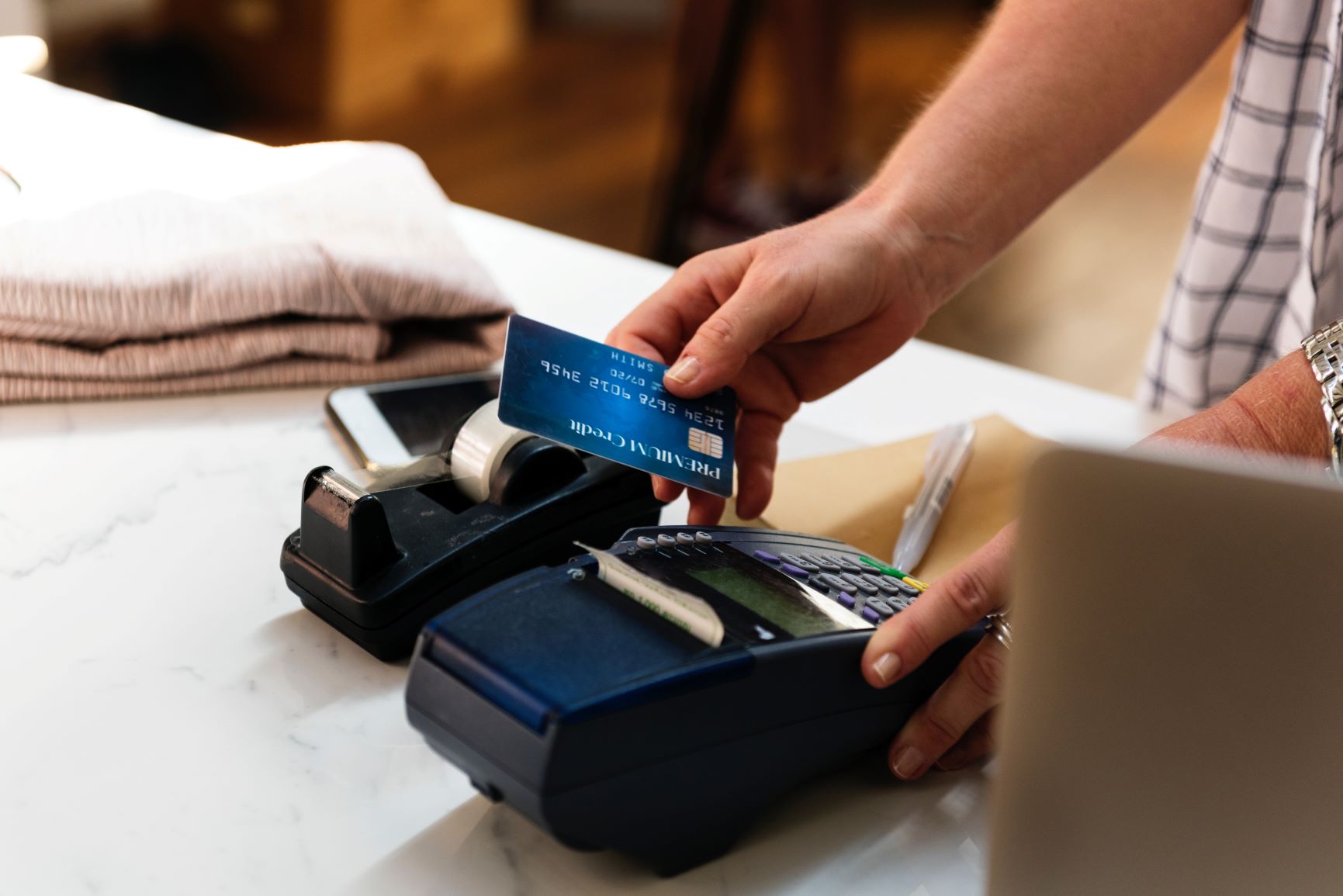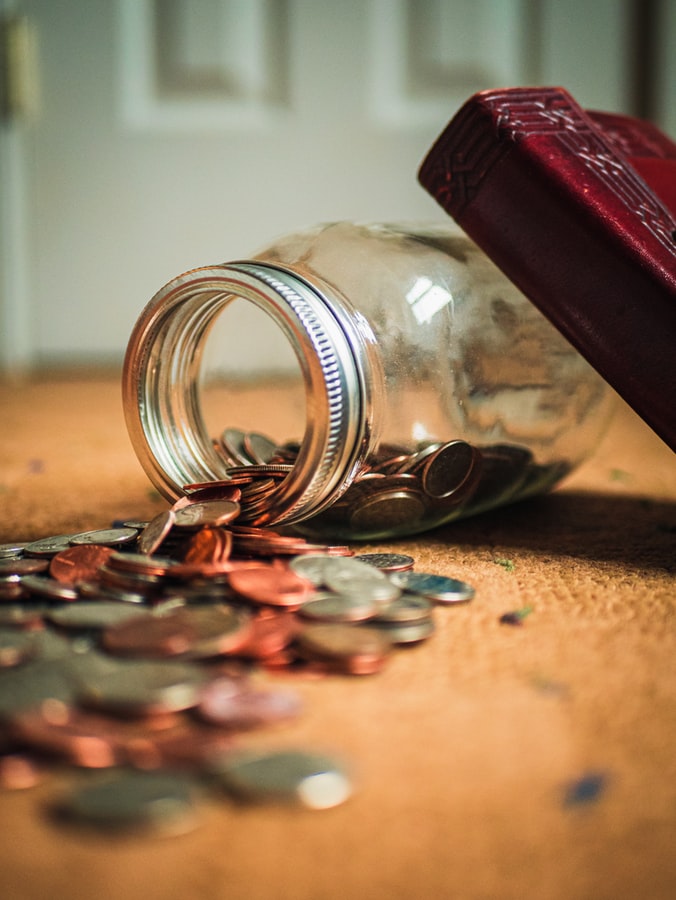There are plenty of reasons why you might need a personal loan, whether it’s for home renovations, the wedding of your dreams, or to consolidate debt. There’s a lot to consider in order to get the best personal loan rate. One of the main things you’ll want to weigh up is the APR you are offered.
What's Included?
What is the APR?
APR stands for Annual Percentage Rate. This is the annual rate you will be charged for borrowing money, it is portrayed as a percentage. Your APR and your personal loan rate are the same thing.
Don’t worry, you won’t have to work out the maths yourself, as the lender will often do this for you. Generally, you’re looking for the lowest rate. This is a great way to compare different loans at a glance.
So if you see a loan that has an APR of 3.9% and another with an APR of 10.4%, you know right away that you’ll be charged less interest on the first one.
Before you get started, you need to work out:
How much do I need to borrow?
A quick calculation of the average amount you will need is fundamental to getting the best personal loan rate. If you borrow too much, you may be paying back a lot more, or need to pay back early. Too little, and you could need to take out a further loan, destroying your chances of a great rate.
If you’re doing home renovations, get three different cost estimations done and go with the one in the middle – make sure you consider everything! If you’re consolidating debt, simply add up all of the different debts you’re consolidating and this is the amount you’ll need to borrow.
When do I want to pay it back?
There are two ways you can do this. You can either decide outright how long you want to be paying the money back and divide the total borrowed (plus your personal loan rate) by that. For example:
10,000 over 60 months at 2.9% APR = 179.07 per month.
Or, you can work how much you can feasibly pay per month and divide your total amount by that – this is a ballpark figure of how many months it will take to pay back. For example:
£10,000 at 2.9% APR = £10,744.20 / 200 per month = 53.87, so an average of 54 months.
Now you have this information, you can start to search for loans. Approach this with care – don’t make an application on impulse, I’ll go through why later. Credibble’s loan search feature is great for searching for loans, as it only performs a soft search on your account and uses your full credit report to determine the APR you’ll be offered.
Don’t just apply!
If you see a great deal, don’t just apply for it. This isn’t a job search; you don’t get to apply for everything out there then choose the best when the offers come rolling in. Making several applications for credit in a short time frame will knock your creditworthiness, even if they accept you! If you’re unsure about the difference between soft and hard searches, check out this article. Make sure you use a site that uses a soft search to determine your suitability. A soft search cannot be seen by lenders, meaning you can search all day, and you’ll be the only one that’ll ever know. Credibble’s personalised loan search tool will only ever use a soft search.
Spend time compiling a list of three or four loans and take the time to compare the differences between them. If you’ve recently been rejected for credit, wait several months before trying again to prevent yourself from looking desperate for the money. If you do, then lenders will increase the APR they offer you.
Check out your Credibble Factors
Increasing your creditworthiness is the best way to get a better rate on your personal loan. You need to make sure everything is in the best place it can be:
Credit Cards
If you have a high balance currently sitting on your credit card, or you tend to only pay back a small amount each month, then lenders will be less likely to offer you a great rate. Make sure you keep these balances low and pay the balance in full every month.
Affordability
If you’re using a large chunk of your monthly income on paying back debt, then a lender will assume you cannot afford to take on more debt.
Payment History: If you’ve missed payments recently, you might be offered a higher rate of interest. It’s a good idea to ensure that you’re always paying back on time.
Credit Activity
Typically, the more borrowing accounts you have, the more likely you are to be accepted, especially if there’s a mix of different types of credit. If you don’t have any borrowing accounts at all, then you may be better suited to a credit building card.
Bad Credit
If you have any CCJs, IVAs, Defaults, or are Bankrupt, then you’ll almost certainly be offered a much higher rate if you’re accepted at all. If it’s been almost been 6 years since you received this bad credit, then you’ll benefit from waiting until 6 years have lapsed.
Credit Stability
Not being on the electoral roll can often be a deal-breaker when applying for credit, double-check that you are registered. Your residential and job status can also affect the rate you are offered – if you have recently moved house or jobs, give yourself a few months before you apply. If you are about to move house or jobs, then apply before you move.
Have a little patience
You should always shop around when applying for a loan. Just because you’re borrowing money, it still costs you money. You could work out saving a lot of money by looking at several different options.
A tip I often give people is to shop around for a few days, then wait and see what ads appear on my Facebook feed. Facebook advertising is very clever, so suddenly, all the offers will come to you. If you don’t see any offers as good as the one you found before, you can go back and apply.
Make sure you’re a member
In some cases, such as with Sainsbury’s Bank, you’ll get a better rate of interest if you’re a member of their loyalty scheme. If you have a Nectar Card, you’ll get a rate at 1% lower – this might not sound like much but could be a great deal of money in the long run.
Have a look at the website of a potential lender to see if you can benefit here.
Consider a Credit Card
In some cases, it could be more appropriate to take out a credit card, rather than taking a loan. If you’re in need of a smaller amount (less than £5000), and may wish to pay it back early, this is a great option.
There are loads of 0% interest cards on offer, sometimes for up to 30 months. As long as the balance is £0 on the day the higher interest rate kicks in, you won’t pay a penny more than the amount you have borrowed.
Borrow more money.
Trust me here, sometimes, borrowing more can cost less money.
Take this example:
You need £2000 for 2 years, you get a rate of 24.9%, meaning you’ll pay back a total of £2,500.56.
The cost to you is £500.56.
If you instead borrowed £3000 for 2 years, you’ll pay a rate of 10.6%, meaning you’ll pay back a total of £3,326.40.
The cost to you is £326.40.
In this case, borrowing more could save you £174.16
You might feel strange about having that extra £1000, but you don’t have to spend it. Keep it aside for the sole purpose of paying back the money:
By borrowing more, your monthly payments have gone up from £104.19 to £138.60. Each month, you could take the difference (£34.41) out of the £1000 extra you borrowed and use it to pay it back alongside the £104.19 that you’d have been paying back anyway.
Now you know how it’s done, you’re ready to start searching for loans. If you sign up for Credibble you’ll be able to see personalised loan offers.
Good luck searching!
In Short:
- Don’t apply for the first offer you see, make sure you shop around and make use of loyalty schemes.
- Check your Credibble lender report to ensure that your creditworthiness is top-notch.
- Consider whether it’s a good idea to take out a credit card instead.
- Check if borrowing more money can land you a lower APR.
Credibble offers two fabulous solutions
If you’re preparing to take a mortgage, never apply until you’ve tried our unique and FREE Credibble Home app. Our smart technology will tell you what you need to fix so you avoid rejection. The app predicts when you will be able to buy, for how much and tracks your month-by-month progress to mortgage success. We’ve even added your own mortgage broker, so you get the best deals available.
More focused on your credit rating? Well, get started for free with Credibble’s 24- Factor Credit Check to truly help you improve your creditworthiness and how lenders view you. (Remember: lenders don’t use your credit score! We’ll show you what lenders look for and how to get your credit report in the best shape possible).
Last updated by Robert Edwards, June 2022






